Author: Chris
Samsung Galaxy Edge vs. itel A80: 50MP Cameras, 7500mAh Battery!
Are you ready to begin the battle between Samsung Galaxy Edge vs. itel A80 with 50MP cameras and a 7500mAh battery? Check out the winner below!
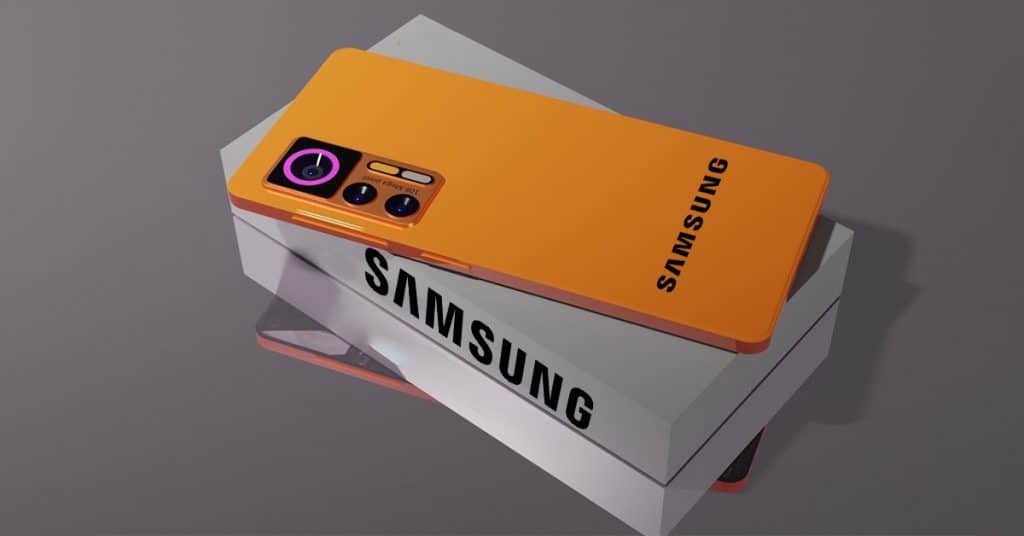
Samsung Galaxy Edge vs. itel A80 specs
Besides the Samsung Galaxy Winner, Samsung Galaxy Edge is one of the high-end devices of the giant Korean firm. Meanwhile, itel A80 has a great camera and fantastic optical systems. The Samsung Galaxy Edge specs offer a 6.8-inch Force Edge that supports a 1440 x 3088 pixels resolution. In contrast, itel A80 specs provide a 6.7-inch IPS LCD with a 720 x 1600 pixels resolution.
Hence, the Samsung team won the first round because of the better display. The Samsung handset gets power from the Exynos 2200 SoC. In contrast, the itel device uses the Unisoc T603 chipset. As for storage, the Samsung smartphone gets up to 10GB/ 12GB of RAM and 256GB/ 512GB of internal storage. There is a microSDXC supporting expanded storage up to 512GB.
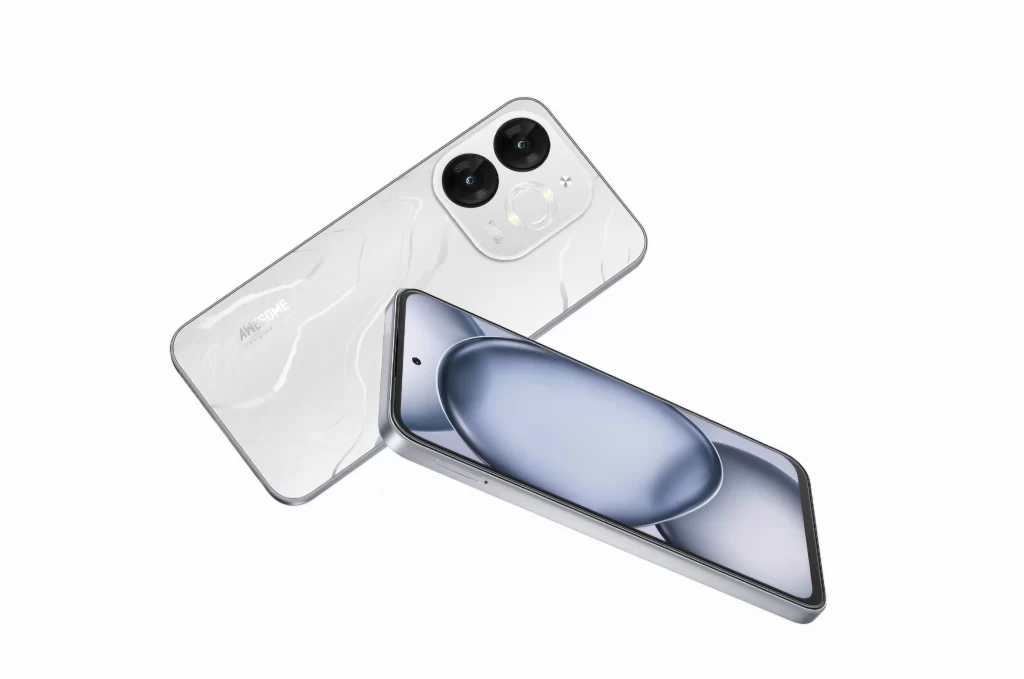
Meanwhile, the itel handset arrives in 128GB/ 3GB RAM and 128GB/ 4GB RAM (expandable to 256GB). With a huge storage capacity, the Samsung beats the score this time. Why don’t we come to the optics system? The Samsung Galaxy Edge cameras pack triple lenses on the back. It consists of a triple 50MP primary lens + 50MP telephoto + 50MP ultrawide sensor. There is a single 40MP shooter upfront for taking selfies. Conversely, the itel A80 cameras comprise a triple 50MP primary lens + auxiliary lens at the rear. Moreover, the itel device houses a single 8MP lens for capturing selfies. The Samsung device works on Android 14, while its rival runs on Android 14-based itel OS 14. Concerning the battery, the Samsung machine bears a 7500mAh juice box. Besides, the itel handset houses a smaller 5000mAh battery cell. Thus, the Sony team gets the last point.
Samsung Galaxy Edge vs. itel A80 release date and price
The Samsung Galaxy Edge release date should fall in the upcoming months, while the itel A80 release date occurred in September 2024. As for the cost, the Samsung Galaxy Edge price falls around $284 ~ Rs. 24,269. Furthermore, the itel A80 price starts at $216 ~ Rs. 18,100. Stay tuned for our updates on the latest news!
Oppo A3x vs. Meizu Note 21 Pro: 64MP Cameras, 5100mAh Battery!
Enter the battleground of the Oppo A3x vs. Meizu Note 21 Pro, each equipped with 64MP cameras and a 5100mAh battery. Stay tuned to discover which one emerges victorious!
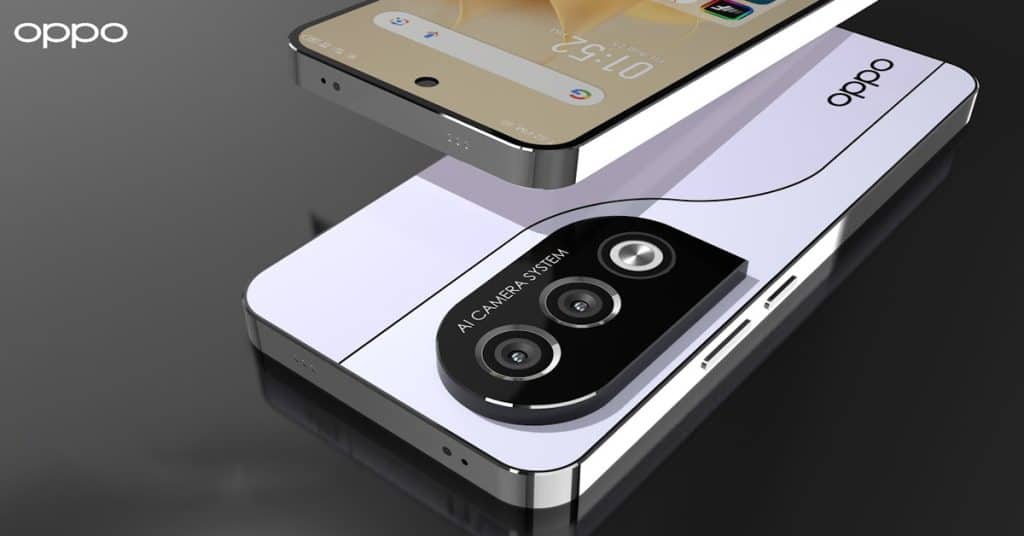
Oppo A3x vs. Meizu Note 21 Pro specs
The market sees Oppo A3x as a high-end smartphone with a stunning design, while the Meizu Note 21 Pro stands out for its impressive battery longevity. Regarding the display, the OPPO A3x 5G specs feature a 6.7-inch OLED with a 1080 x 2412 pixels resolution. Besides, the Meizu Note 21 Pro specs flaunt a 6.78-inch IPS LCD with a 1264 x 2780 pixels resolution.
Therefore, the Meizu team gets one point due to a larger screen size in the first round. Hardware-wise, the Oppo device accepts power from the MediaTek Dimensity 6300 SoC. Furthermore, the Meizu handset provides the MediaTek Helio G99 chipset as the processor. As for the memory options, the Oppo smartphone has 64GB/ 4GB RAM, 128GB/ 4GB RAM, and 128GB/ 6GB RAM.
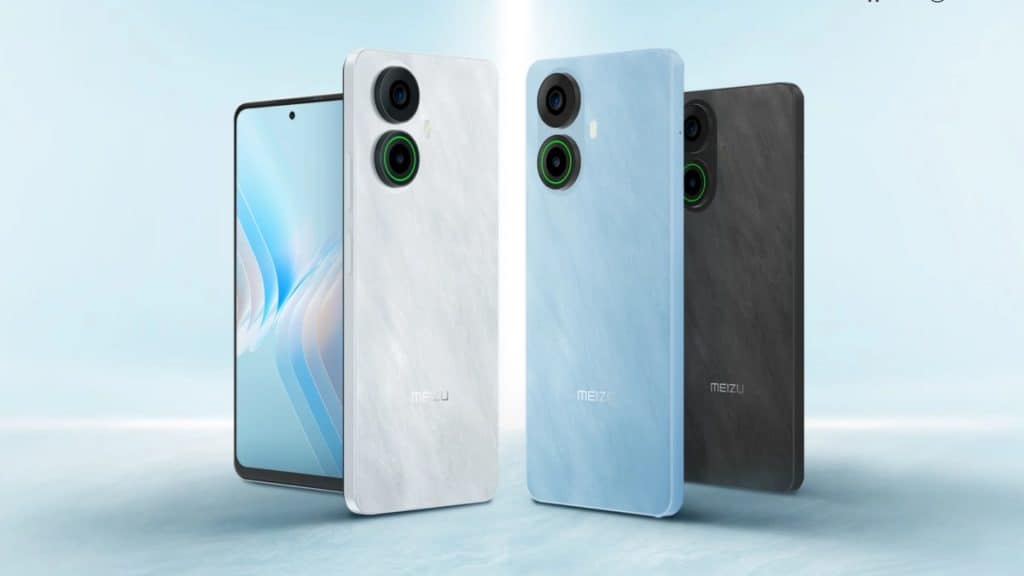
Expansion is possible with a microSD slot (up to 1TB). Meanwhile, the Meizu handset comes with 8GB RAM and 256GB of internal storage (expandable to 256GB via a microSD card). Both devices run on the new Android 14 operating system. Optics-wise, the OPPO A3x 5G cameras boot a triple 50MP primary lens + 8MP ultrawide shooter. Back to front, this device has a 16MP front lens for enhanced selfie photos. Additionally, the Meizu Note 21 Pro cameras flaunt dual 64MP primary sensors + 2MP depth snapper with LED flash at the back setup. Meanwhile, a single 16MP sensor is on the front for taking selfies. Moreover, the Oppo handset carries a 5100mAh energy box, while the Meizu machine warehouse capacity is 5000mAh. So, the Meizu team is a champion of this fight with better specs!
Oppo A3x vs. Meizu Note 21 Pro release date and price
The OPPO A3x release date occurred in August 2024. Besides, the Meizu Note 21 Pro release date might happen soon. Concerning the cost, the OPPO A3x 5G price starts at $161 ~ Rs. 13,463. Plus, the Meizu Note 21 Pro price can be around $667 ~ Rs. 54,812. Which one do you choose? Drop a comment with your thoughts!
Nokia Maze Pro vs. Realme Narzo 70 Turbo: 16GB RAM, 7500mAh Battery!
Uncover the ultimate showdown between the Nokia Maze Pro vs. Realme Narzo 70 Turbo, featuring groundbreaking specs such as 16GB RAM and an enormous 7500mAh battery, with a comprehensive analysis available below.
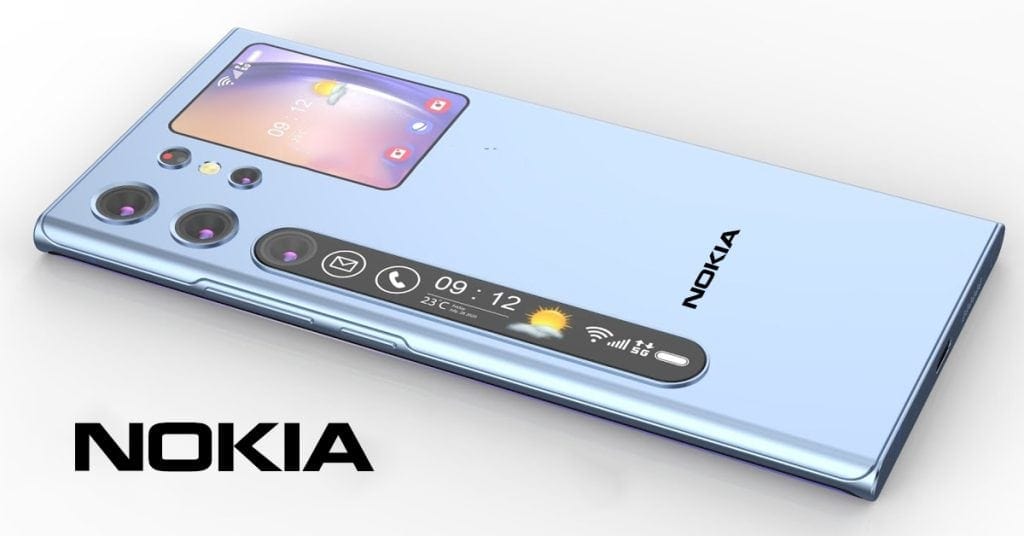
Nokia Maze Pro vs. Realme Narzo 70 Turbo 5G specs
The Nokia Maze Pro features a long-lasting battery and extensive storage capacity. On the other hand, the Realme Narzo 70 Turbo boasts cutting-edge technology and a stunning edge-to-edge display. Under the hood, the Nokia handset gets power from the Qualcomm Snapdragon 8 Gen 2 chipset. Moreover, the Realme smartphone provides the powerful Qualcomm Snapdragon 8s Gen 3 SoC. Therefore, the Nokia team takes advantage of a better chipset.
In detail, the Nokia device ships with 10GB/ 12GB/ 16GB of RAM and 256GB/ 512GB of internal storage (Expandable up to 512GB). On the other hand, the Realme smartphone sports 128GB/ 6GB RAM, 128GB/ 8GB RAM, 256GB/ 8GB RAM, and 256GB/ 12GB RAM (no card slot). Optic-wise, the Nokia Maze Pro cameras are equipped with a triple 200MP primary lens + 50MP telephoto shooter + 16MP ultra-wide sensor with LED flash.
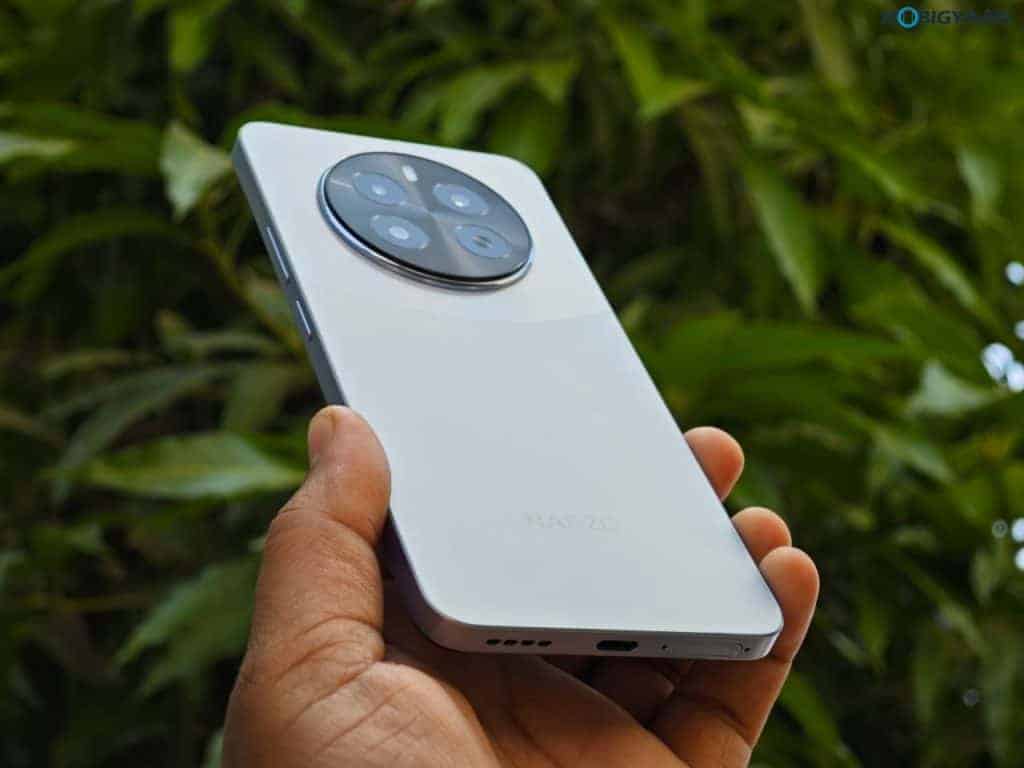
Additionally, a single 44MP snapper captures selfies and video calls. Otherwise, the Realme Narzo 70 Turbo 5G cameras provide a dual camera setup at the back. It comprises 108MP + 32MP lenses at the rear. At the front-facing side is a single 32MP snapper that captures selfies. Regarding the display, the Nokia Maze Pro specs feature a 6.8-inch Super AMOLED with 4K resolution. Besides, Realme Narzo 70 Turbo specs boast a 6.7-inch AMOLED with a 1080 x 2412 pixels resolution and Corning Gorilla Glass Victus 2 protection. So, with a stronger display, the Nokia flagship defeated the Nokia handset. Thus, the Realme smartphone wins this round thanks to more cameras. The Nokia device houses a 7500mAh battery cell with fast charging 100W battery-wise, while the other figure is the smaller 5000mAh battery cell. Hence, the Nokia brand gets one point for the last round with the supper battery.
Nokia Maze Pro vs. Realme Narzo 70 Turbo release date and price
The Nokia Maze Pro release date is going to occur in the next quarter of 2024. Furthermore, the Realme Narzo 70 Turbo release date might happen soon. About the cost, the Nokia Maze Pro price starts from $250 ~ Rs. 20,829. In contrast, the Realme Narzo 70 Turbo price begins at $345 ~ Rs. 28,722. Drop us your opinions about this game in the comment section below!
Nokia Beam Mini vs. iQOO Z9s Pro: 24GB RAM, 7100mAh Battery!
Don’t ignore the combat between two monsters: Nokia Beam Mini vs. iQOO Z9s Pro, with 24GB RAM and a 7100mAh battery. Discover the full details below!
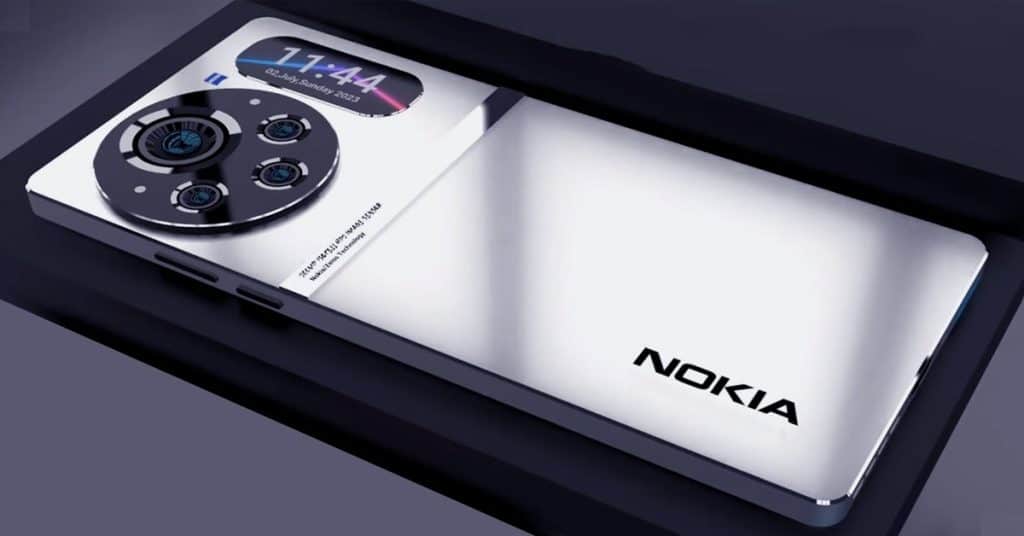
Nokia Beam Mini vs. iQOO Z9s Pro specs
The Nokia Beam Mini beast arrives with a long-life battery and a premium camera system. Meanwhile, the iQOO Z9s Pro is a high-end phone with a gorgeous design. In addition, the Nokia Beam Mini specs feature a 6.65-inch Super AMOLED FHD+ with a 1080 x 2400 pixels resolution and a refresh rate of 120Hz. Besides, iQOO Z9s Pro specs offer a 6.8-inch LTPO OLED with a 1280 x 2800 pixels resolution.
Thanks to the bigger screen size, the Honor handset wins this round. In particular, the Nokia device ships with 8GB/ 10GB/ 12GB of RAM and 128GB/ 256GB/ 512GB of inbuilt storage. Moreover, the Vivo flagship arrives with 24GB of RAM and 1TB of built-in storage (no card slot). Hence, the Vivo teams have one point again with a larger storage capacity.

Under the hood, both devices run on Android 14 as the operating system. The Nokia Beam Mini cameras boast a triple 108MP primary lens + 32MP ultra-wide sensor + 8MP macro shooter. Additionally, this smartphone carries a single 24MP lens for taking selfies and video calling on the front. In contrast, the iQOO Z9s Pro cameras pack a triple 50MP primary lens + 108MP periscope telephoto + 50MP ultrawide sensor at the rear. Also, this device carries a single 50MP sensor in front. Then, the Nokia team won in this round thanks to the higher camera resolutions. On the other side, the Nokia flagship uses the Qualcomm Snapdragon 888+ 5G chipset. Besides, the Vivo handset should take power from the Qualcomm Snapdragon 8 Gen 3 chipset as the processor. Last but not least, the Nokia handset houses a 7100mAh energy box battery-wise, while the Vivo device carries a smaller 5600mAh juice box. Finally, the Nokia team is the final winner today because of better specs!
Nokia Beam Mini vs. iQOO Z9s Pro release date and price
The Nokia Beam Mini release date should fall in the next quarter of this year. Besides, the iQOO Z9s Pro release date should fall in the upcoming days. Moreover, the Nokia Beam Mini price is $245 ~ Rs. 20,019. Conversely, the iQOO Z9s Pro price can fall around $1,870 ~ Rs. 156,061. Which one will you choose? Stay tuned for our updated information!
Umidigi G100 Specs: 8GB RAM, 6000mAh Battery!
Let us introduce you to the Umidigi G100, which has amazing specs, including 8GB RAM and a 6000mAh battery. Check it out below!

Umidigi G100 Specs
The G100 is Umidigi’s most recent smartphone, marketed as “a perfect blend of sleek design, immersive display, and smooth performance.” It’s 8.1 mm thick and has a flat frame like every smartphone seems to have these days. It will be offered in four colors: rock black, lake green, interstellar blue, and starry white. It also has a side-mounted fingerprint sensor, AI face unlock, NFC, and a 3.5 mm headphone socket.
Moreover, the brand promised a 200% volume increase over “previous models,” whatever they may be. These are the only details that Umidigi has released as of yet. Moving to the display, the Umidigi A16 Pro and A16 Pro 5G specs bring the same 6.9-inch FHD+ AMOLED with a 720 x 1600 pixels resolution and a 120Hz refresh rate. Battery-wise, both offer 6000mAh batteries with 33W charging.

On the other hand, the Umidigi A16 Pro device uses the Unisoc T615 chipset. At the same time, they come with 8GB RAM and 256GB of internal storage (expandable via the microSD slot). Furthermore, two flagships run Android 14 as the operating system. Imaging-wise, the Umidigi A16 cameras consist of a triple 50MP primary lens + 2MP depth shooter + 2MP macro snapper on the back. Around the front, there is a single 16MP lens for taking captures.
Umidigi G100 release date and price
The Umidigi G100 rerelease date is falling in next quarter. Regarding cost, the Umidigi G100 price starts at $199 ~ Rs. 16,570. Drop a comment to share your opinion about the Umidigi G100 phone!
Best Vivo phones September 2024: 16GB RAM, 5500mAh Battery!
Let’s come to the best Vivo phones in September 2024 with specs like 16GB RAM and a 5500mAh battery. Catch more details about our list below!
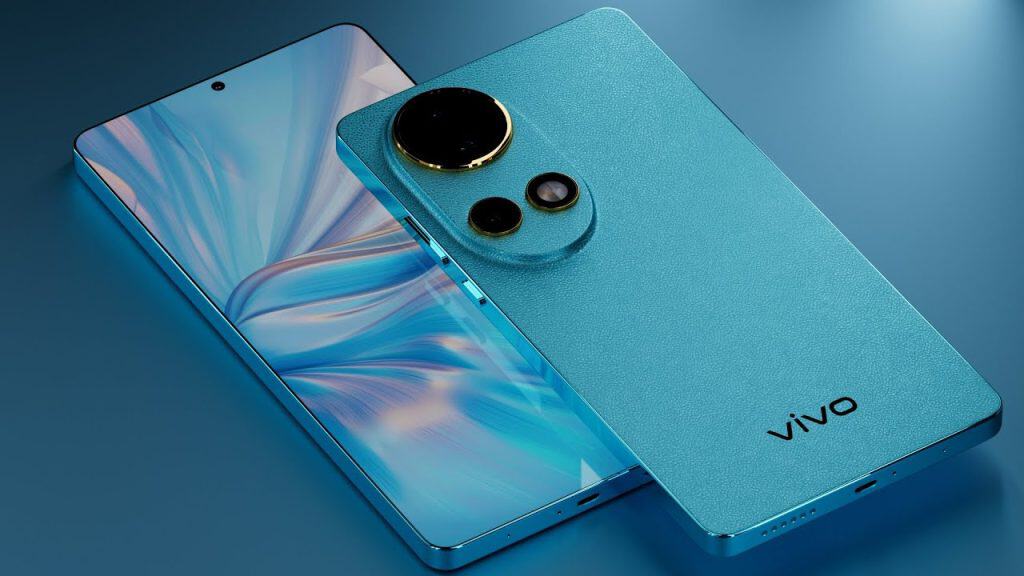
1. iQOO Neo 9 Pro
Take a look at the first member of the best performing phones in August 2024 – the iQOO Neo9 Pro! This handset comes out with incredible hardware and a massive battery. Regarding the display, iQOO Neo9 Pro specs bring a 6.78-inch LTPO AMOLED with a 1260 x 2800 pixels resolution. Besides, it features a 144Hz refresh rate and a 20:9 ratio aspect. At the same time, the Vivo device accepts power from the MediaTek Dimensity 9300 SoC, running on Android 14-based OriginOS 4.
Battery-wise, the Vivo beast battery box accepts a 5160mAh capacity. On the other hand, this Vivo device comes with 256GB/ 12GB RAM, 512GB/ 12GB RAM, 512GB/ 16GB RAM, and 1TB/ 16GB RAM (no card slot). The iQOO Neo9 Pro cameras sport a dual 50MP primary lens + 50MP ultrawide shooter on the back with a 16MP front snapper for taking selfies and calling videos. Concerning the cost, the iQOO Neo9 Pro price is around $409 ~ Rs. 33,947.
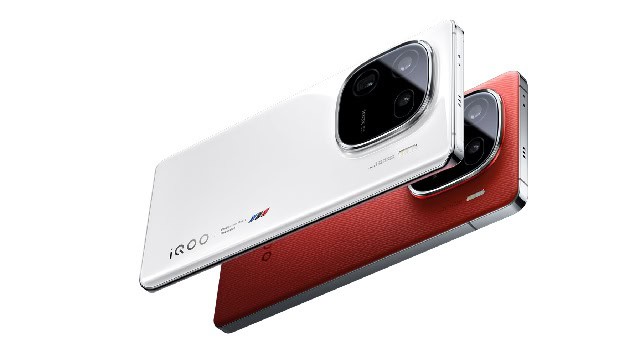
2. Vivo iQOO Neo9S Pro+
Regarding the display, Vivo iQOO Neo9S Pro+ specs pack a 6.78-inch LTPO AMOLED with a 1260 x 2800 pixels resolution. Under the hood, the Vivo iQOO Neo9S Pro+ drives the Qualcomm Snapdragon 8 Gen 3 chipset and runs on Android 14-based OriginOS 4. Besides, this device sports different options: 12GB/ 16GB of RAM and 256GB/ 512GB/ 1TB of ROM (no card slot). Imaging-wise, the Vivo iQOO Neo9S Pro+ cameras boast 50MP primary lens + 50MP ultrawide shooter on the back and a single 16MP front-facing snapper. Besides, the Vivo handset juice box gets a 5500mAh capacity. For a cost, the Vivo iQOO Neo9S Pro+ price begins at $319 ~ Rs. 26,595.
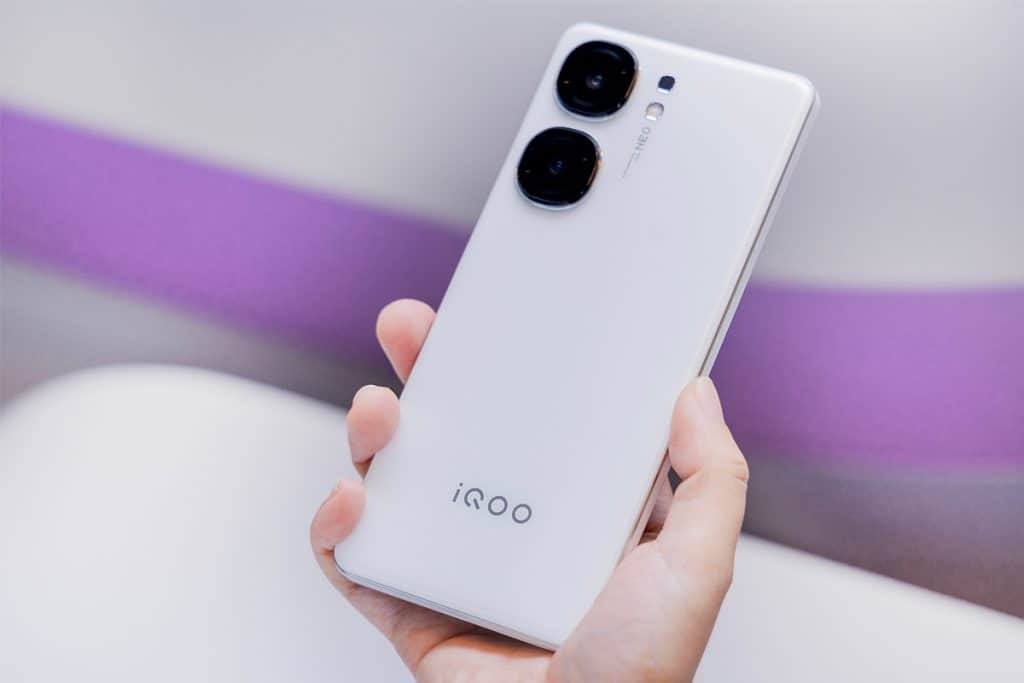
3. Vivo T3 Ultra
The Vivo T3 Ultra launched in India as a new mid-range offering. It comes with a 5000mAh battery and 44W fast charging support. The Vivo T3 Ultra entered our list in third place! In detail, the Vivo T3 Ultra flagship gets power from the Mediatek Dimensity 9200+ chipset. Besides, Vivo T3 Ultra specs flaunt a 6.78-inch AMOLED with a 1260 x 2800 pixels resolution. Moreover, it runs on Android 14-based Funtouch 14. Imaging-wise, the Vivo T3 Ultra cameras pack 50MP + 8MP rear sensors. Furthermore, the handset carries a single 50MP snapper for taking selfies and video calling. Furthermore, it offers 128GB/ 8GB RAM, 256GB/ 8GB RAM, and 256GB/ 12GB RAM (no card slot). Concerning the cost, the Vivo T3 Ultra price falls around $389 ~ Rs. 32,598.
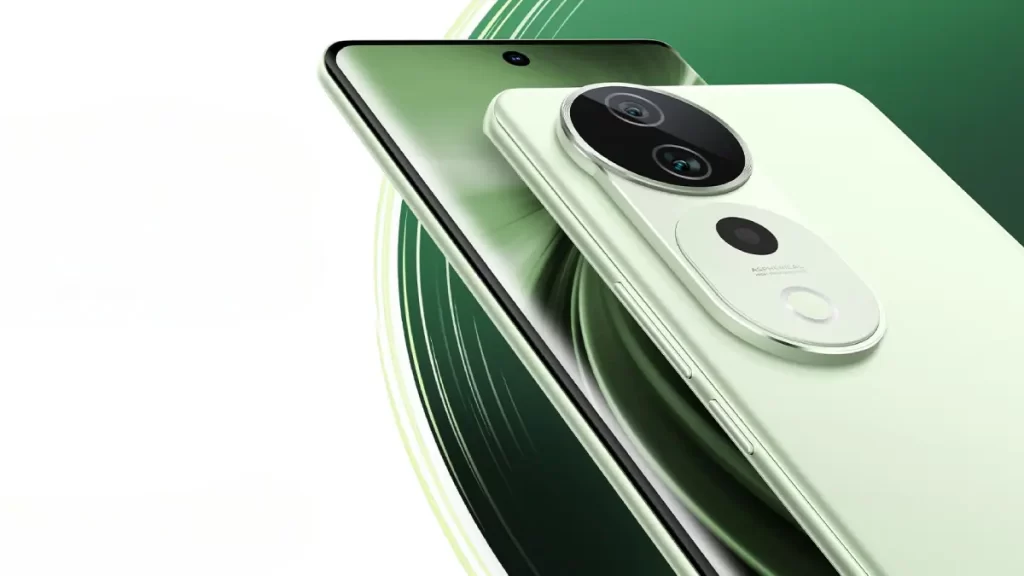
4. Vivo V30 Pro
Come to the display! Vivo V30 Pro specs pack a 6.78-inch AMOLED with a 1260 x 2800 pixels resolution. Under the hood, the Vivo handset drives the Mediatek Dimensity 8200 chipset, paired with 256GB/ 8GB RAM, 256GB/ 12GB RAM, and 512GB/ 12GB RAM (no card slot). Imaging-wise, the Vivo V30 Pro camera boasts triple 50MP + 50MP + 50MP rear lenses and a 50MP front-facing snapper. Besides, the Vivo handset juice box has a 4500mAh capacity. Moreover, the Vivo device runs on Android 14. For a cost, the Vivo V30 Pro price begins at $479 ~ Rs. 49,999.
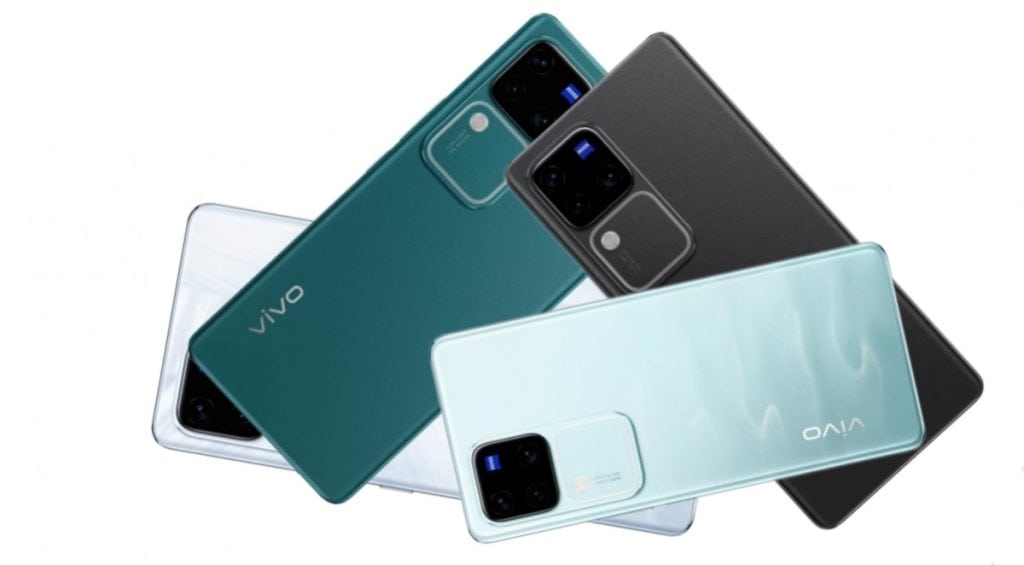
5. Vivo S19 Pro
First, Vivo S19 Pro specs bring a 6.78-inch AMOLED with a 1260 x 2800 pixels resolution. In addition, the Vivo machine carries a 5500mAh battery box. On the other hand, the Vivo handset works on the Android 14 and gets power from the Mediatek Dimensity 9200+ chipset. For storage, the Vivo monster ships with 256GB/ 8GB RAM, 256GB/ 12GB RAM, 512GB/ 12GB RAM, and 512GB/ 16GB RAM (no card slot). Besides, the Vivo S19 Pro cameras flaunt triple 50MP + 50MP + 8MP rear sensors. Meantime, the front camera rocks a single 50MP sensor for selfies. Lastly, the Vivo S19 Pro price begins at around $459 ~ Rs. 38,342.
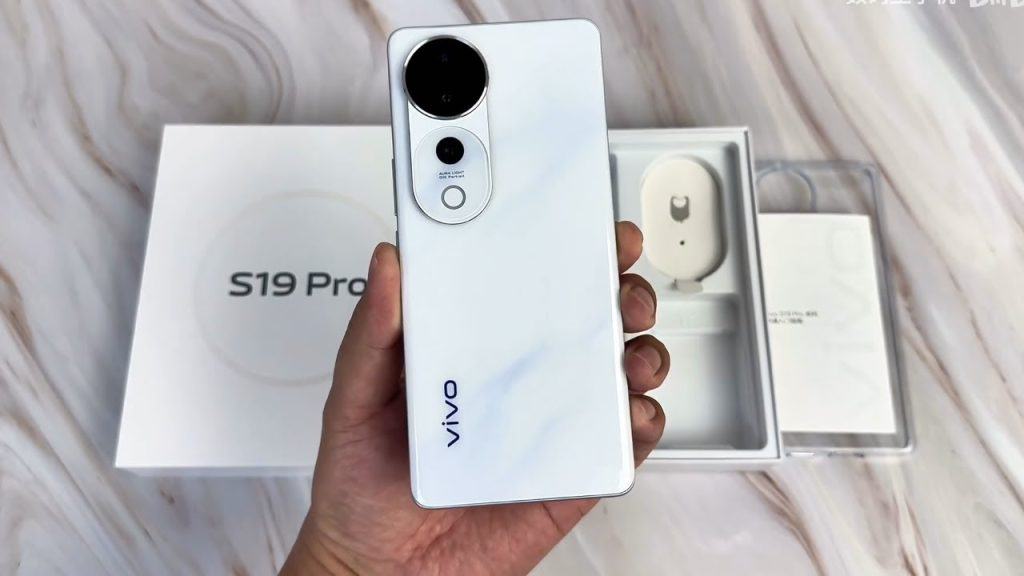
Best Vivo phones September 2024
What are your thoughts about our list today? If you love high-end smartphones with premium configurations, you can choose the iQOO Neo 9 Pro. However, we suggest Vivo T3 Ultra with a gorgeous design. Please drop us a comment on your thought!
Samsung Galaxy M55s vs. Meizu Note 21: 50MP Cameras, 6000mAh Battery!
Introducing the ultimate face-off: the Samsung Galaxy M55s vs. Meizu Note 21, both featuring 50MP cameras and a 6000mAh battery. Who will take the lead in this fierce competition?
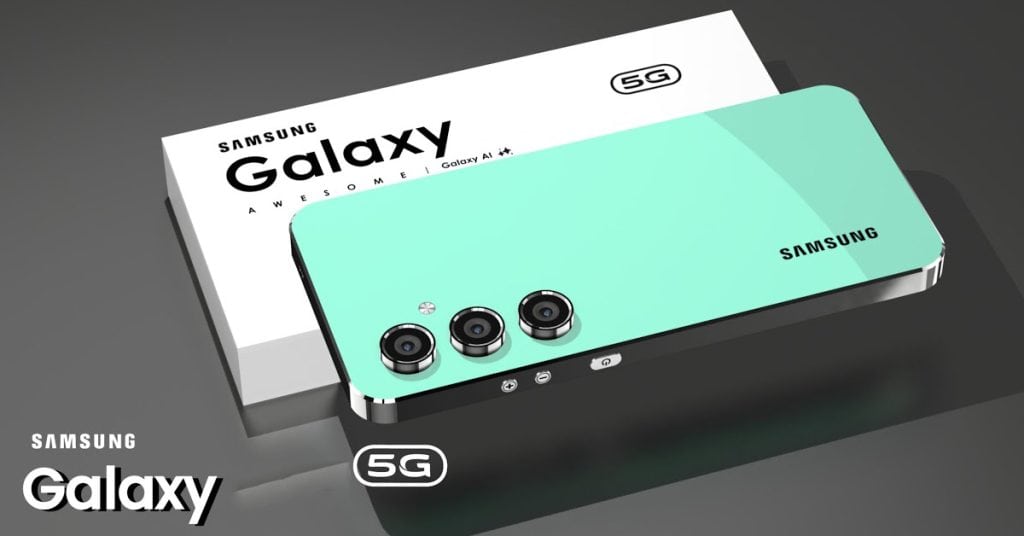
Samsung Galaxy M55s vs. Meizu Note 21 specs
The Samsung Galaxy M55s has an incredible memory system and a gorgeous design. Meanwhile, the Meizu Note 21 arrives with a fantastic camera system. Let’s talk about the display! The Samsung Galaxy M55s specs offer a 6.7-inch AMOLED with1080 x 2340 pixelss resolution. Besides, Meizu Note 21 specs flaunt a 6.78-inch LTPO OLED with a 1264 x 2780 pixels resolution.
So, the Samsung handset comes first in this round with a higher resolution size. Besides, the Samsung handset provides the Qualcomm Snapdragon 7 Gen 1 chipset, while the Meizu device uses the Qualcomm Snapdragon 8 Gen 2 chipset. So, with better hardware, the Xiaomi flagship wins again. Then, the Samsung flagship arrives with 8GB of RAM and 256GB of internal storage (expandable to 256GB).
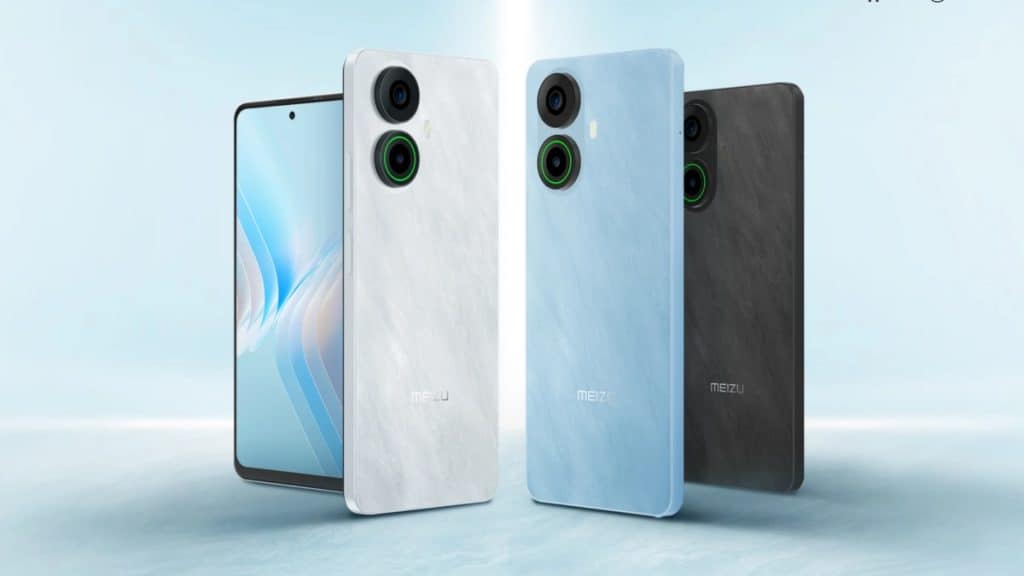
In contrast, the Meizu handset arrives with 8GB RAM and 256GB of internal storage (expandable to 256GB via a microSD card). Due to the more extensive storage, the Samsung team wins. On the other hand, both devices boot Android 14 as the operating system. Imaging-wise, the Samsung Galaxy M55s cameras comprise a triple 50MP primary lens + 8MP ultrawide shooter + 2MP macro snapper on the back. This handset houses a single 50MP front-facing lens for taking pictures. Otherwise, the Meizu Note 21 cameras pack a dual 50M primary sensor + 2MP depth shooter on the back. Plus, there is a single 16MP snapper for capturing selfies. The Samsung phone carries a 5000mAh battery cell, while the other houses a larger 6000mAh juice box. As a result, the Meizu handset gets two points with larger capacity and higher camera resolutions. The Samsung brand becomes our final champion this time!
Samsung Galaxy M55s vs. Meizu Note 21 release date and price
The Samsung Galaxy M55s release date should fall in the upcoming months. Also, the Meizu Note 21 release date might happen soon. As for the cost, the Samsung Galaxy M55s price falls around $285 ~ Rs. 23,769. Besides, the Meizu Note 21 price starts at $553 ~ Rs. 45,444. Let’s write a comment below to share your choice!
Vivo V40e Specs: 50MP Cameras, 5500mAh Battery!
The highly awaited Vivo V40e is coming soon, packed with stellar features like 50MP cameras and a 5500mAh battery. Check out the exciting Vivo V40e specs below!
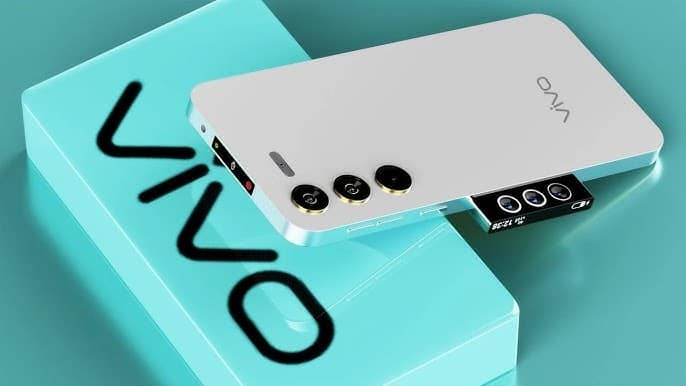
Vivo V40e Specs
The Vivo V40e, a new member of the V40 family, is about to be released. However, despite the phone’s moniker suggesting it’s a lower-end model in its portfolio, the leaked stats on the internet indicate it’s not to be disregarded. The device’s partial design and one of the most likely color options—Royal Bronze—are seen in the render.
It’s also evident that the rear design will greatly resemble those of its siblings, and the display will be curved. By the end of September, the V40e is anticipated to make its debut in India. Check out more details about this handset in the following paragraphs! In detail, the Vivo device gets power from the Mediatek Dimensity 7300 chipset at the helm.
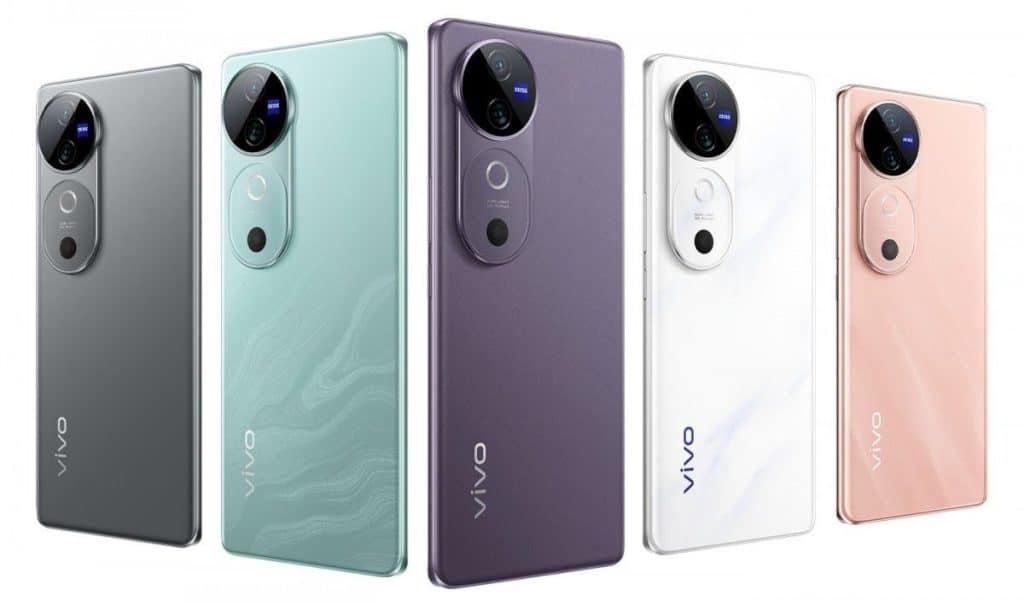
Moreover, regarding the display, Vivo V40e specs flaunt a 6.77-inch AMOLED with a 1080 x 2392 pixels resolution. Plus, this device comes with a side-mounted fingerprint reader. Let’s talk about the other specs of this phone! Concerning the software, the Vivo flagship can run Android 14-based Funtouch 14. Furthermore, the storage section of the Vivo smartphone arrives with 128GB/ 8GB RAM, 256GB/ 8GB RAM, and 256GB/ 12GB RAM (no card slot). Let’s come to the capacity! The Vivo handset carries a large 5500mAh energy box with 55W fast charging support. The Vivo handset offers a 16MP selfie shooter inside the notch for photography. On the back, the Vivo V40e cameras comprise 50MP primary lens + 2MP depth snapper.
Vivo V40e release date and price
The Vivo V40e release date should fall in the upcoming months. Meanwhile, the Vivo V40e price should fall around $219 ~ Rs. 18,372. How do you feel about our forthcoming Vivo smartphones? Stay tuned and get more details from us!
Nokia Swan vs. Xiaomi 14T: 108MP Cameras, 7700mAh Battery!
Let’s start the combat between Nokia Swan vs. Xiaomi 14T, which features excellent 108MP cameras and a 7700mAh battery today. Discover the winner below!
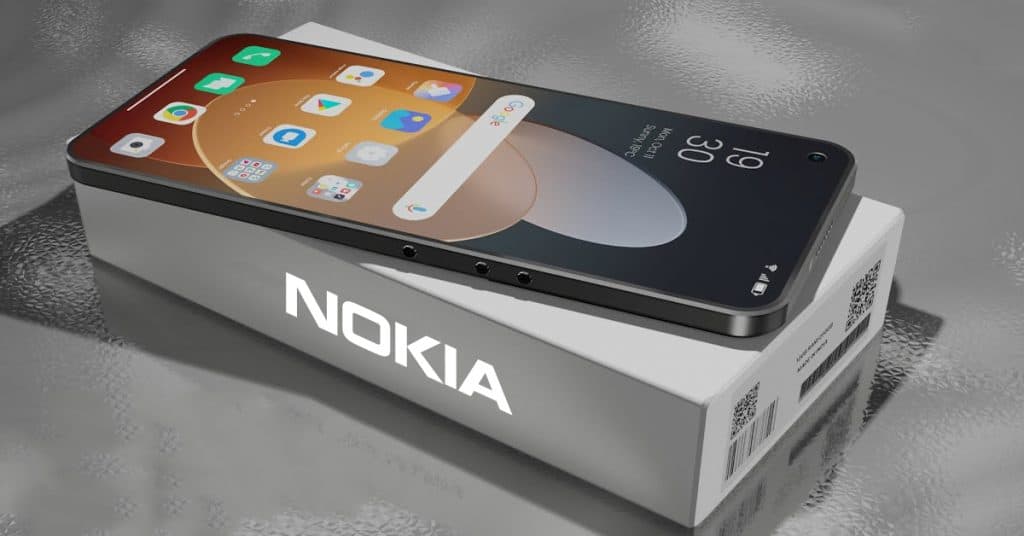
Nokia Swan vs. Xiaomi 14T specs
Nokia Swan attracts mobile users with premium specs. Meanwhile, the Xiaomi 14T has gorgeous color variants and a long-life battery. The Nokia Swan specs flaunt a 6.9-inch OLED with a 2560 x 3120 pixels resolution. Besides, Xiaomi 14T specs offer a 6.67-inch OLED with a 1220 x 2712 pixels resolution and 120Hz refresh rate. Hence, the Nokia device takes advantage of the higher screen size.
Additionally, both Nokia and Xiaomi machines run on Android 14 as the operating system. Photography-wise, the Nokia Swan cameras carry a triple 108MP primary lens + 32MP ultra-wide sensor + 8MP macro depth snapper on the back. There is a single 44MP front-facing sensor for selfies. Besides, the Xiaomi 14T cameras pack a quad setup of 50MP + 50MP + 12MP sensor on the back.
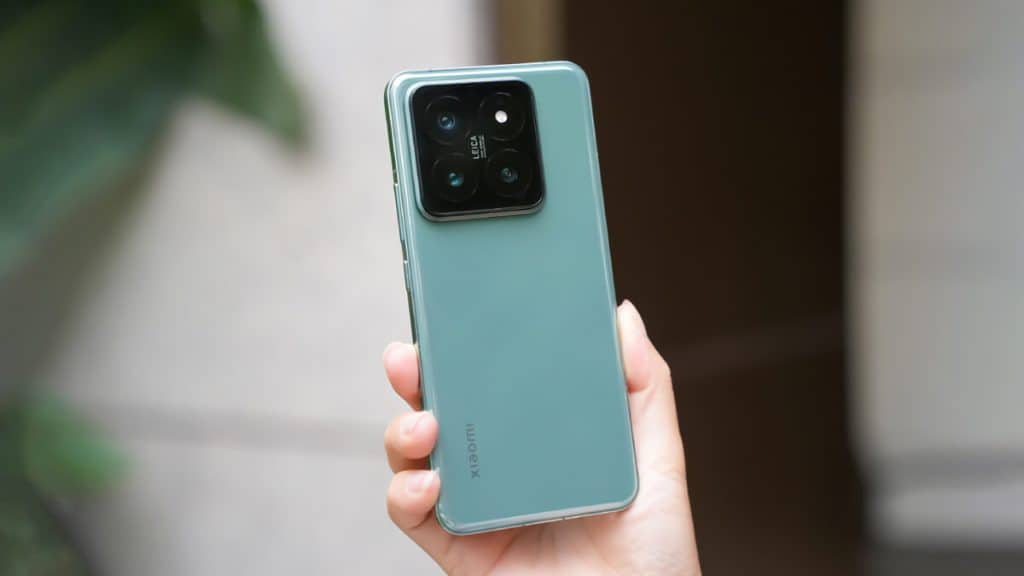
This device carries a single 32MP sensor for selfies and making video calls. Let’s move to the processor! The Nokia device comes with the Qualcomm Snapdragon 8 Gen 1 chipset. Meanwhile the Xiaomi handset takes power from the Mediatek Dimensity 8300 Ultra chipset. Thus, the Xiaomi beast wins this round with higher camera resolutions. Then, the Nokia beast sports 10GB/ 12GB/ 16GB of RAM, along with 256GB/ 512GB of internal storage. Also, the Nokia machine has massive 1TB external storage support via the MicroSD card. Furthermore, the Xiaomi handset arrives with 256GB/ 12GB RAM, 512GB/ 12GB RAM, and 512GB/ 16GB RAM (no card slot). So, with the better RAM, Nokia teams score one point. Battery-wise, the Nokia handset houses a 7700mAh energy box. Also, the Xiaomi device carries a smaller 5000mAh juice box. Hence, the Nokia beast wins this round with a powerful battery.
Nokia Swan vs. Xiaomi 14T release date and price
The Nokia Swan’s release date should fall in the upcoming months. Meanwhile, the Xiaomi 14 T’s release date is coming soon. Regarding the cost, the Nokia Swan starts at $270 ~ Rs. 22,512. Furthermore, the Xiaomi 14T price is $350 ~ Rs. 29,019. Let us know your thoughts about this race below!
Best Foldable phones September 2024: 16GB RAM, 5600mAh Battery!
Are you ready to rank the best Foldable phones in September 2024 with 16GB RAM and a 5600mAh battery? Want to find your favorite smartphone today? Let’s scroll down!
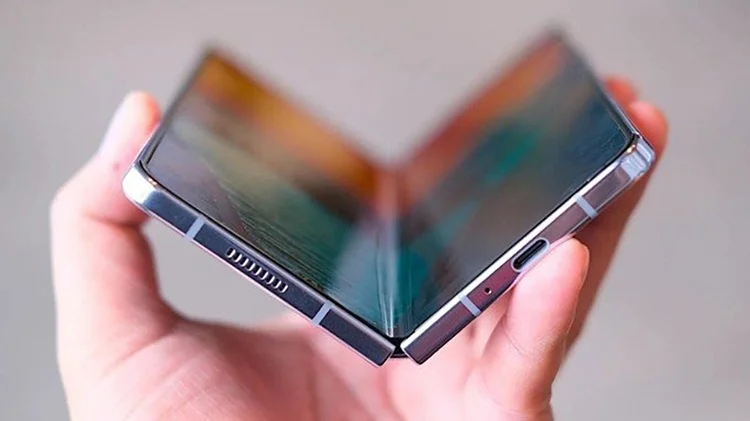
1. Huawei Mate XT
Our September list of the best foldable phones is Huawei Mate XT. The Huawei handset has a fantastic camera system and a massive battery. Regarding the display, the Huawei Mate XT specs flaunt a 10.2-inch Tri-foldable LTPO OLED with a 2232 x 3184 pixels resolution. There is a 6.4-inch LTPO OLED cover display with 1008 x 2232 pixels and a 7.9-inch LTPO OLED Dual display with 2048 x 2232 pixels. Hardware-wise, the Huawei smartphone takes power from the Kirin 9000S chipset.
Software-wise, the Huawei smartphone runs on HarmonyOS 4.2. Furthermore, the Huawei handset arrives with 256GB/ 12GB RAM, 512GB/ 12GB RAM, 512GB/ 16GB RAM, and 1TB/ 16GB RAM (expandable to 256GB). Take a look at the optics system! The Huawei Mate XT cameras carry a triple 50MP + 12MP + 12MP lens at the back setup. There is a single 8MP front-facing shooter for selfies and an 8MP cover camera. Battery-wise, the Huawei device rocks a 5600mAh juice box. Lastly, the Huawei Mate XT price is around $599 ~ Rs. 50,015.
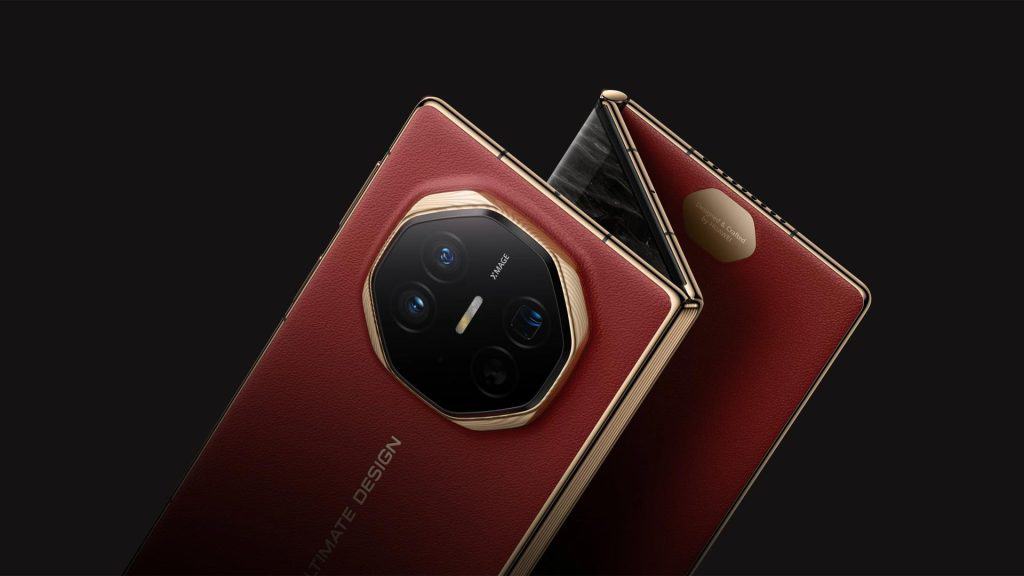
2. Samsung Galaxy Z Fold 6
Regarding the display, Samsung Galaxy Z Fold 6 specs offer a 7.6-inch Foldable Dynamic AMOLED 2X with an 1856 x 2160 pixels resolution. Additionally, its cover display flaunts a 6.3-inch Dynamic AMOLED 2X with 968 x 2376 pixels. On the other side, the Samsung handset runs on Android 14-based One UI 6.1 as the operating system. Moreover, the Samsung device comes with the Qualcomm Snapdragon 8 Gen 3 SoC. In particular, Samsung Galaxy Z Fold 6 cameras offer a triple lens on the back. It consists of 50MP primary lens + 10MP telephoto + 12MP ultrawide snapper. Besides, the front camera has a 10MP sensor and a 4MP cover camera for selfies and video calling. Furthermore, the Samsung device draws power from a massive 4400mAh energy box with 25W fast charging support. Besides, the Samsung smartphone arrives with 256GB/ 12GB RAM, 512GB/ 12GB RAM, and 1TB/ 12GB RAM (no card slot). Concerning the cost, the Samsung Galaxy Z Fold 6 price starts at about $1,080 ~ Rs. 85,374.
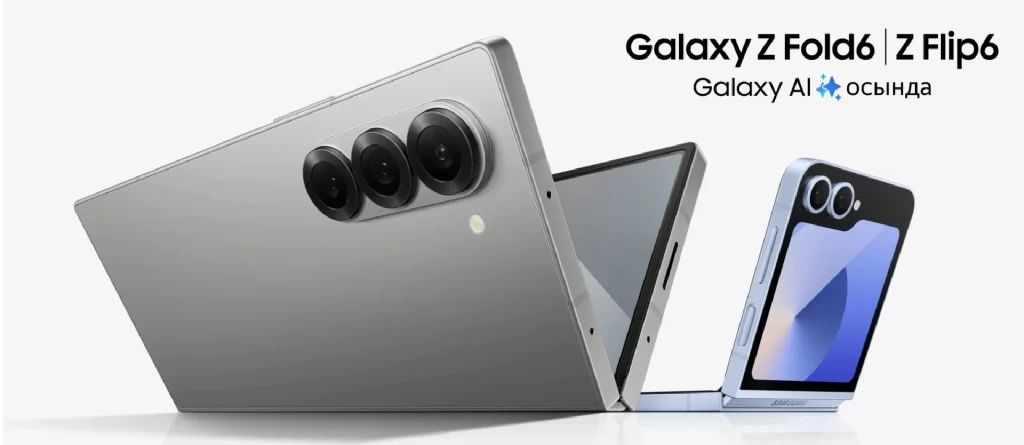
3. Samsung Galaxy Z Flip 6
Regarding the display, the Samsung Galaxy Z Flip 6 specs carry a 6.7-inch Foldable Dynamic AMOLED 2X with 1080 x 2640 pixels. Besides, its cover display offers a 3.4-inch Super AMOLED with 720 x 748 pixels. In terms of storage, the Samsung handset ships with 256GB/ 8GB RAM and 512GB/ 12GB RAM (no card slot). On the other side, the Samsung phone works on the Qualcomm Snapdragon 8 Gen 3 chipset. Moreover, the Samsung device runs on Android 14. Optics-wise, the Samsung Galaxy Z Flip 6 cameras pack a dual lens setup at the back. It consists of 50MP + 12MP lenses. Also, there is a single selfie 10MP snapper. The Samsung device bears a large 4000mAh energy box with 100W fast charging. Concerning the cost, the Samsung Galaxy Z Flip 6 price starts at $859 ~ Rs. 70,662.
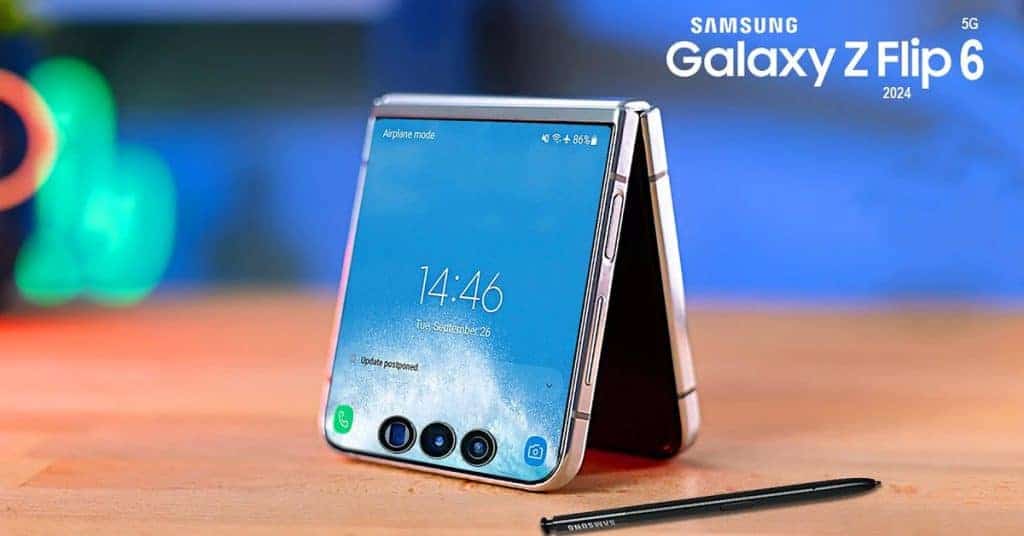
4. OnePlus Open
Concerning the display, the OnePlus Open specs pack a 7.82-inch Foldable LTPO3 Flexi-fluid AMOLED screen with 2268 x 2440 pixels. Further, its cover display is a 6.31-inch LTPO3 Super Fluid OLED with 1116 x 2484 pixels. Under the hood, the OnePlus machine drives the Qualcomm Snapdragon 8 Gen 2 chipset. In detail, the OnePlus phone arrives with 16GB RAM and 512GB of internal storage (no card slot). Imaging-wise, the OnePlus Open cameras boast triple 48MP + 64MP + 48MP rear lenses and a single 20MP front-facing shooter, and the cover camera is a 32MP sensor. Further, the Oppo device juice box gets a 4805mAh capacity. Software-wise, the OnePlus handset runs on Android 14. Lastly, the OnePlus Open price starts around $1,219 ~ Rs. 101,784.
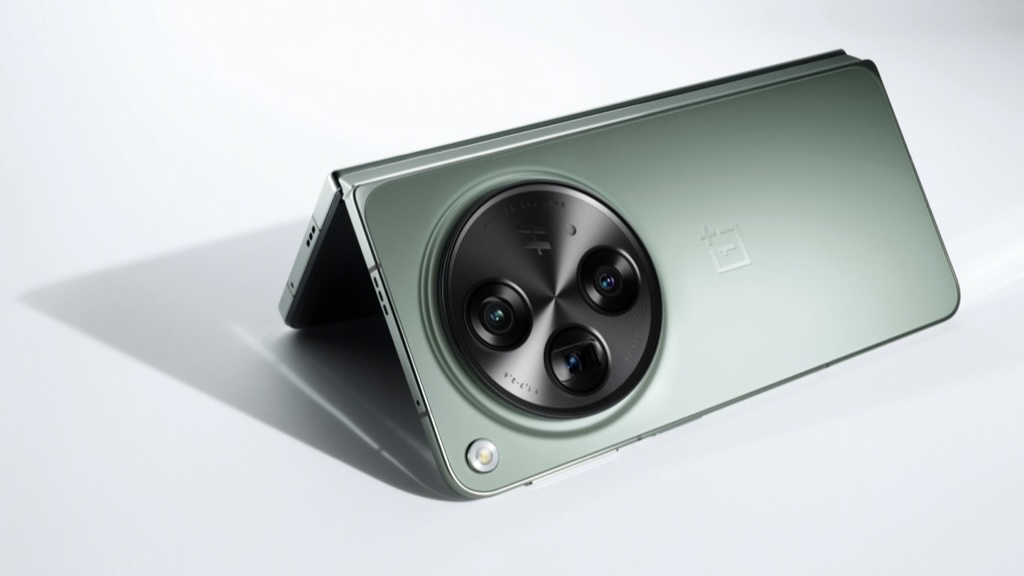
5. Motorola Razr 40 Ultra
About the display, the Motorola Razr 40 Ultra specs feature a 6.9-inch Foldable LTPO AMOLED with 1080 x 2640 pixels. Furthermore, its cover display is 3.6 inches Second external AMOLED with 1056 x 1066 pixels. Software-wise, the Motorola device runs on Android 13. Furthermore, the hardware of this Motorola handset is the Snapdragon 8+ Gen 1 SoC. Moreover, the Motorola device comes in three versions: 256GB/ 8GB RAM, 256GB/ 12GB RAM, and 512GB/ 12GB RAM (no card slot). How about the photography department? The Motorola Razr 40 Ultra cameras comprise 12MP + 13MP rear sensors for optics. For selfies, the Motorola handset has a 32MP front-facing lens. Additionally, this phone rocks a 3800mAh battery cell. Concerning the cost, the Motorola Razr 40 Ultra price starts at $1,320 ~ Rs. 109,197.

Best Foldable phones September 2024
Here we have Huawei Mate XT and Samsung Galaxy Z Fold 6 with fantastic camera technology and stunning design. Which one is your favorite handset? Tell us in the comments section to share your thoughts!
Sony Xperia Zoom vs. Lava Blaze 3 5G: 108MP Cameras, 7000mAh Battery!
Watch the fight between the Sony Xperia Zoom vs. Lava Blaze 3 5G with amazing features like 108MP cameras and a 7000mAh battery. Scroll down to meet the final winner!
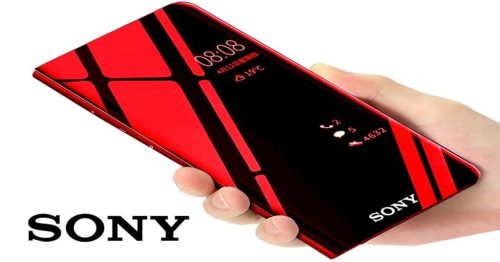
Sony Xperia Zoom vs. Lava Blaze 3 5G specs
Sony Xperia Zoom is one of the high-end devices of the giant Japanese firm. On the other hand, Lava Blaze 3 5G appears with high-end specs and an impressive look. In detail, the Sony Xperia Zoom specs offer a 6.81-inch Dynamic AMOLED 2X panel with a Super 4K resolution of 3840 x 2340 pixels. Meanwhile, the Lava Blaze 3 5G specs offer a 6.78-inch AMOLED with a 1220 x 2652 pixels resolution.
Hence, the Sony Xperia Zoom gets the first point for offering a much better display. Under the hood, the Sony handset gets power from the Snapdragon 8 Gen 1 SoC. In contrast, the Lava device uses a newer and superior Mediatek Dimensity 6300 chipset. Notably, the Sony model works on Android 14, while its rival runs on Android 14. Therefore, the Lava phone wins in this round.
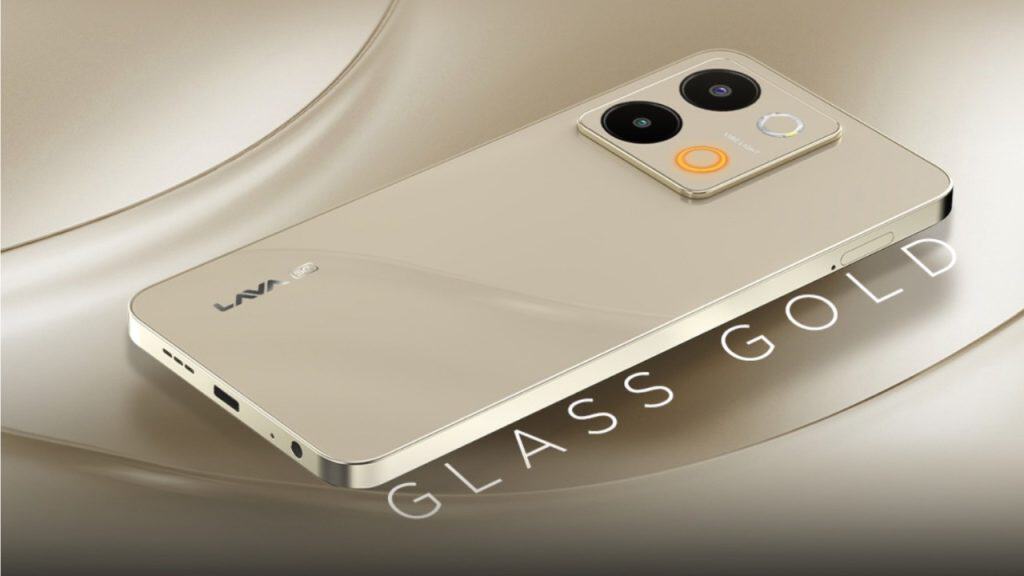
As for storage, the Sony smartphone offers 10GB/ 12GB RAM and 256GB/ 512GB /1TB ROM. Meanwhile, the Lava handset arrives with up to 12GB RAM and 256GB of internal storage. So, with greater storage capacity, the Sony phone wins one more time. Why don’t we come to the optics system? The Sony Xperia Zoom cameras pack triple lenses on the back. It consists triple 200MP + 50MP + 13MP sensors. Also, there is a dual 44MP + 8MP shooter upfront for taking selfies. Conversely, the Lava Blaze 3 5G cameras comprise 108MP primary lens + 2MP depth snapper on the back. Moreover, the Lava device houses a single 32MP lens around the front for selfies. Hence, the Sony mobile wins again by providing a higher-resolution camera system. Concerning the battery, the Sony machine bears a 7000mAh juice box. Besides, the Lava handset houses a smaller 5800mAh battery cell. Thus, the Sony team gets the last point.
Sony Xperia Zoom vs. Lava Blaze 3 5G release date and price
The Sony Xperia Zoom release date should fall in the upcoming months, while the Lava Blaze 3 5G release date occurred in 2024. As for the cost, the Sony Xperia Zoom price falls around $799 ~ Rs. 60,559. At the same time, the Lava Blaze 3 5G price starts around $347 ~ Rs. 28,612. Which one do you prefer? Drop us your thoughts in the comment section below!
Nokia Kinetic Max 2024 Specs: 200MP Cameras, 7500mAh Battery!
Are you ready to meet a new Nokia beast with great specs like 200MP cameras and a 7500mAh battery? Discover the full Nokia Kinetic Max 2024 specs right below!
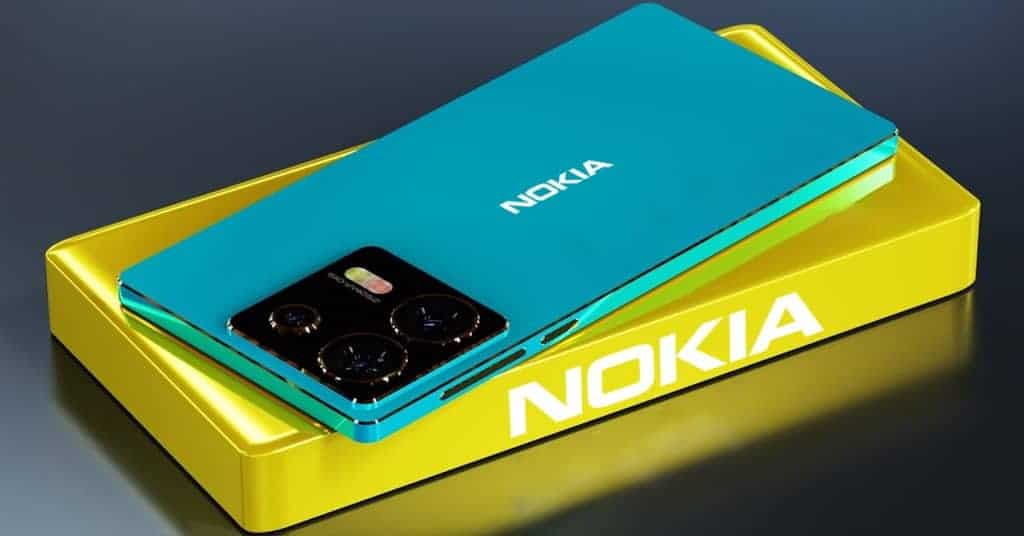
Nokia Kinetic Max 2024 specs
According to our legit sources, the Finnish Firm plans to announce various flagship smartphones with stunning appearances and fantastic specs, such as Nokia Luna Max, Nokia Infinix Max, and more soon. Today, let us introduce you to the Nokia Kinetic Max 2024, which has a full-screen display and high-end features. Keep reading for more information about this phone now!
In detail, the Nokia beast should ship with Android 14 as the operating system. Besides, the Nokia device will arrive with different storage versions: 8GB/ 12GB/ 16GB RAM, and 256GB/ 512GB of onboard storage. Also, this smartphone has a Micro SD card to upgrade the storage to 1TB. As for the display, the Nokia Kinetic Max 2024 specs offer a 6.71-inch Super AMOLED with a 4K resolution.
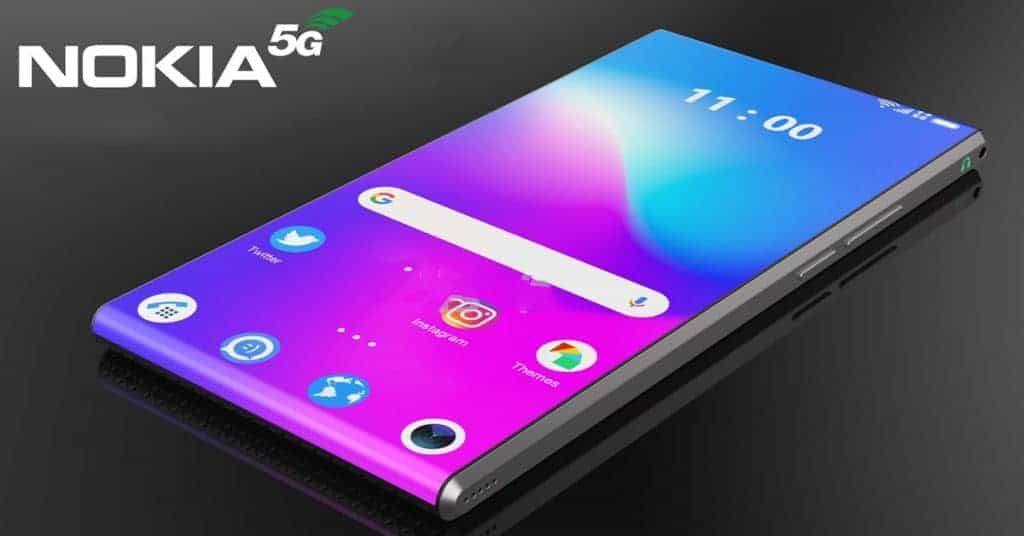
Under the hood, this Nokia phone houses a non-removable 7500mAh battery cell with 64W fast charging. Moreover, there’s also a side-mounted fingerprint scanner and face support unlock. On the other hand, this Nokia beast takes power from the Qualcomm Snapdragon 8 Gen 2 chipset. About the optics system, the Nokia Kinetic Max 2024 cameras bring a triple-sensor setup. It has 200MP primary lens + 16MP ultrawide snapper + 5MP depth sensor on the back. Additionally, there is a single 32MP lens for selfies. Additionally, this phone comes in various color options. The connectivity options include 5G VoLTE, Wi-Fi, Bluetooth, and more.
Nokia Kinetic Max 2024 release date and price
The Nokia Kinetic Max 2024 release date should fall in the upcoming months. As for the cost, the Nokia Kinetic Max 2024 price falls around $224~ Rs. 17,768. Do you enjoy our article? Share your thoughts about this smartphone below!
